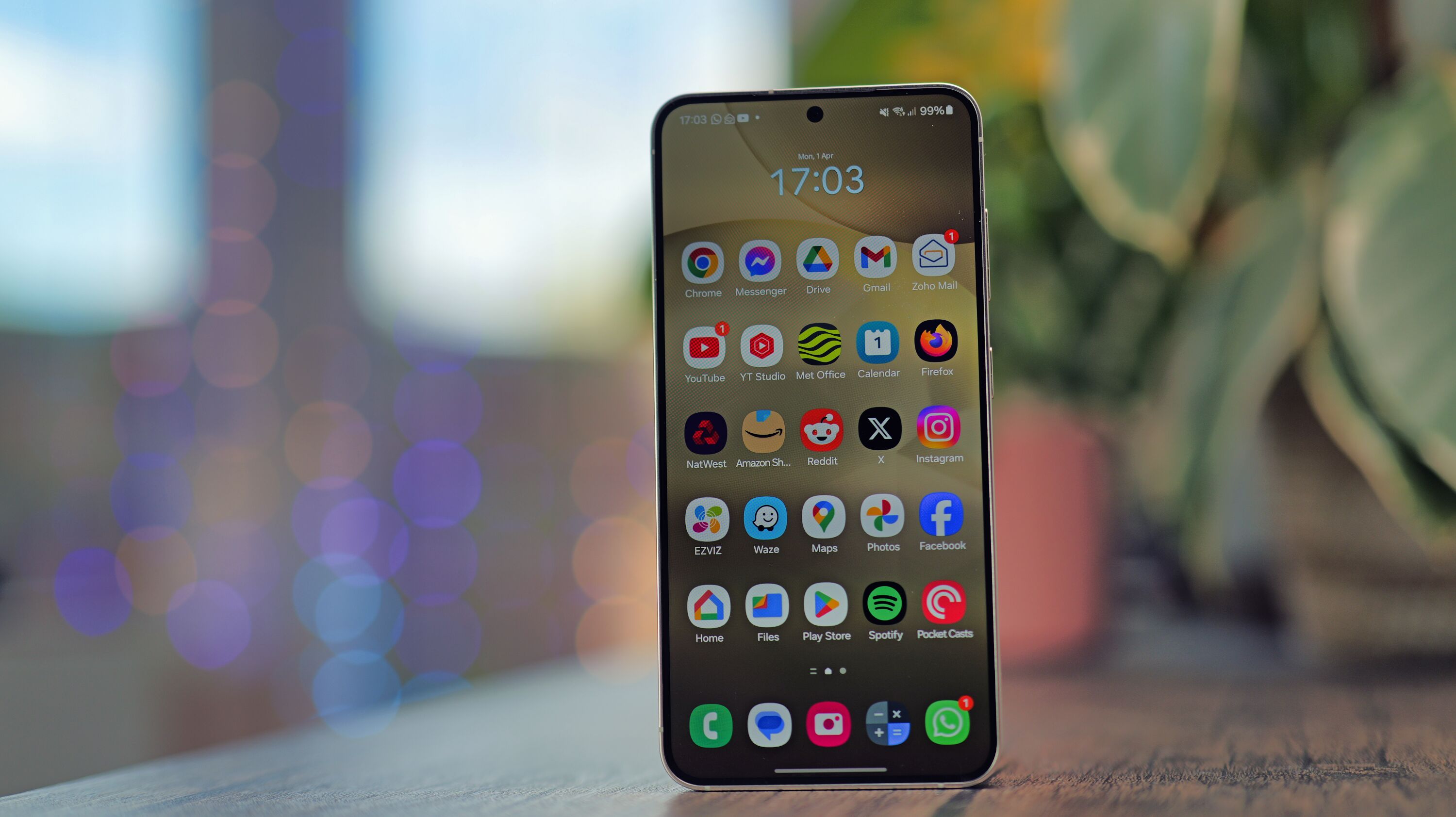
A couple of months back, we took Samsung’s Galaxy S24 Ultra for a spin, and the top-tier flagship phone impressed on all fronts. However, not everyone wants such a massive, heavy and expensive device burdening their pocket. If you like the idea of something more compact, but don’t want to lose out on features and performance, then Samsung’s most compact flagship phone might be the one for you.
Opting for the smallest of the S24-series phones still gets you a top-of-the-line processor, an excellent display and an extremely capable camera system. Of course, Samsung’s well-advertised Galaxy AI features make an appearance here too, promising to aid in productivity and as well as giving you some creative options for video and image manipulation.
However, with very few hardware changes since the last generation, does it make sense to choose this model over its predecessor? And how does the competition stack up? I needed to know, and after spending a couple of weeks with the Samsung Galaxy S24, here’s everything I found out.

Samsung Galaxy S24: Specifications
Samsung Galaxy S24: Price
Samsung launched the S24 series in January 2024 and you can purchase the phones globally either directly from Samsung's website or through various third-party retailers, such as Amazon. Plenty of contract options are available, too.
The base model comes equipped with 128GB of internal storage and carries a price tag of $799.99 / £799. However, for those requiring more storage, a 256GB variant is available at a higher cost of $849.99 / £849. If you need more storage, you’ll have to switch to a larger model within the S24 lineup. The S24+ can be configured with up to 512GB of storage, while the top-spec Ultra model can have a full terabyte onboard.
It's worth noting that in most regions the S24 and S24+ are powered by Samsung's Exynos 2400 processor. However, in the United States, both models are equipped with the Qualcomm Snapdragon 8 Gen 3 chipset. Apart from the regional variance in processors, the specifications are consistent elsewhere.
Samsung Galaxy S24: Design & Handling
As someone who tests a lot of large flagship phones, switching to the relatively compact Galaxy S24 was a refreshing experience. It's so slim and light that you'll barely notice it in your pocket. And since it packs flagship-level specs, there aren’t too many compromises that come with this downsizing.
At first glance, the S24 appears to be nearly identical to the S23, but if you look closer, there are a few key changes to the design. The first thing that stands out is that the aluminum edges are now completely flat, giving the phone an iPhone-like look and feel. Despite the sharper edges, it still feels very comfortable in the hand and the pocket. The rounded corners are definitely much kinder to your palms than the squared-off edges of the Ultra, too.

The biggest difference, in my eyes, is the satin-like matte finish on the rear panel. It's far more fingerprint-resistant than the glossy back of the S23, and I'm a big fan of this change. The edges feature this matte finish too, making them less prone to unsightly smudges. Together, these changes make the phone much grippier, so you could potentially go case-free if you're feeling daring.
Samsung claims the aluminum frame is 17% more durable than last year, but it’s not quite as tough as the titanium frame of the Ultra. In any case, my sample already has a couple of dings on the corners, so it might be stronger, but it’ll still get marked if you’re not careful with it.
As usual, the S24 has an IP68 rating for dust and water resistance. Effectively making it dustproof and waterproof. So, no matter if you’re trekking the Alps or visiting a beer garden on a bank holiday, you can rest assured that your phone can handle the weather.
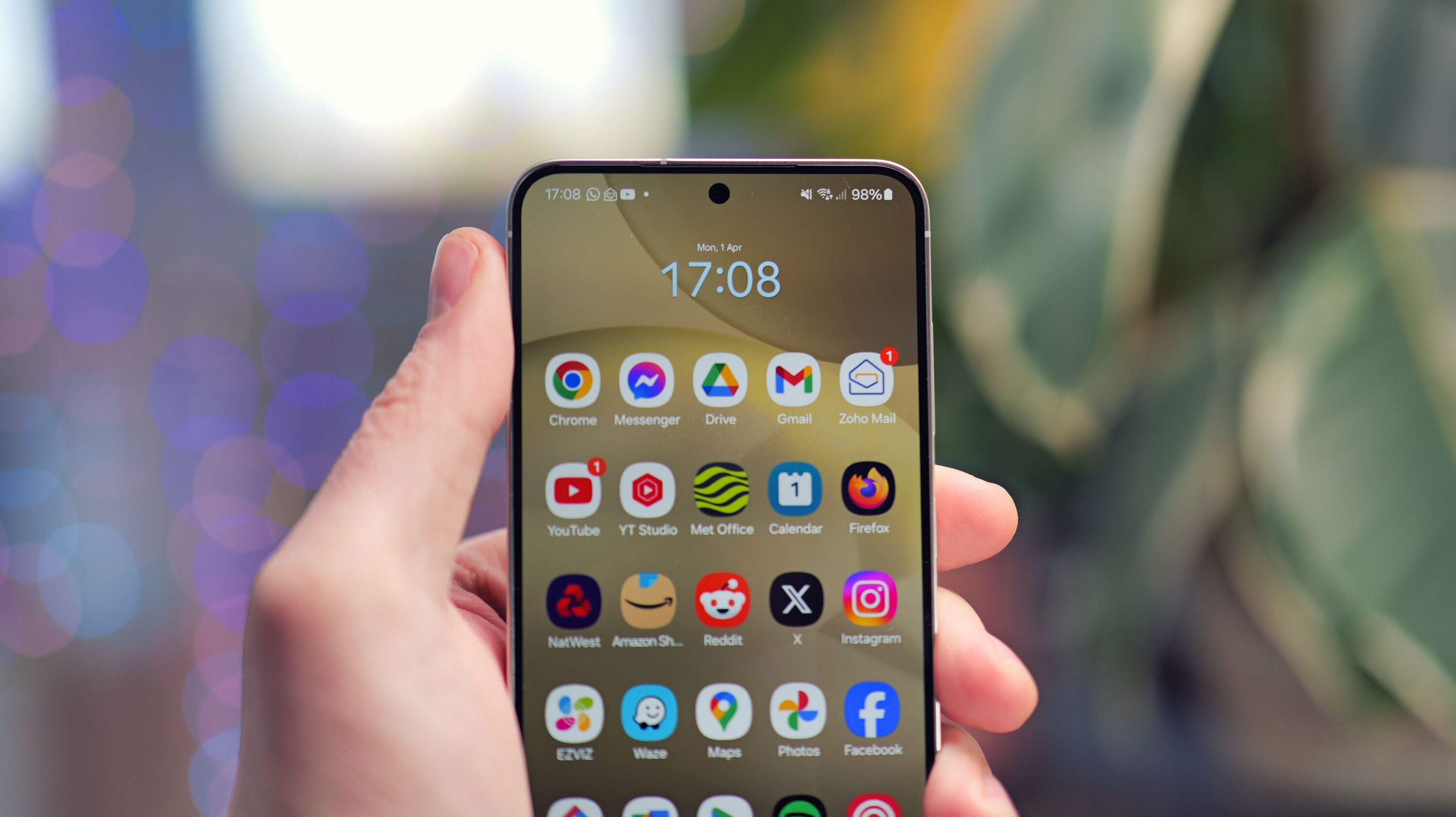

The display has been upgraded on this model, and it now boasts an impressive peak brightness of 2600 nits. It’s a lot brighter than its predecessor and has no trouble competing with direct sunlight, but I couldn’t help but miss the anti-reflective coating that we saw on the Ultra.
The new display has an LTPO panel, which means it can dynamically adjust its refresh rate between 1Hz and 120Hz. In practice, it means that content always looks perfectly smooth, but when you’re displaying something static, the panel will shift to a lower refresh rate to save battery life.

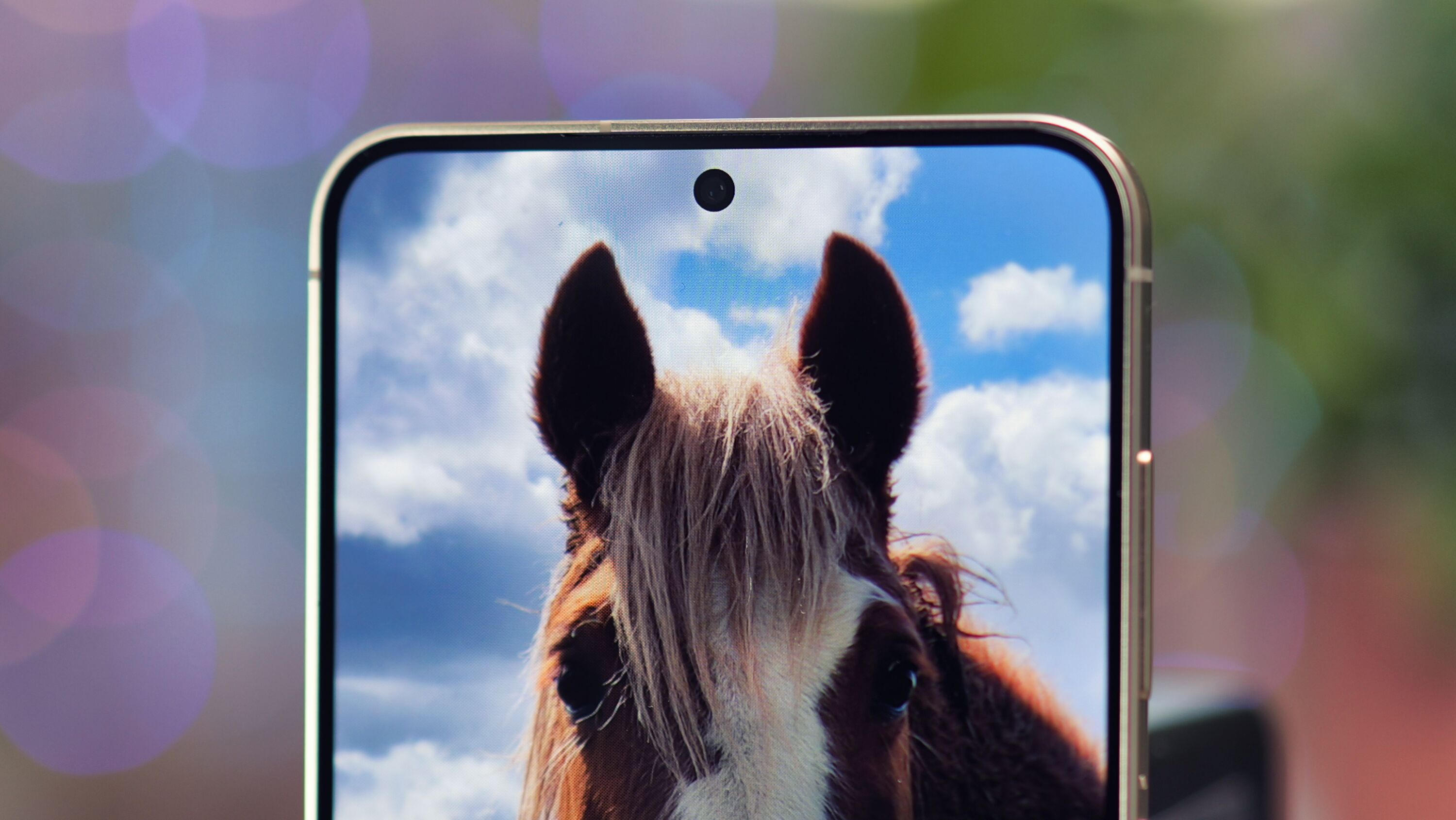
Samsung Galaxy S24: Camera Performance



The camera hardware on the S24 is identical to the S23, so those hoping for a game-changing upgrade will need to look elsewhere. That said, I did notice some differences in the image processing, and they’re changing for the better. Samsung has historically favored extremely vibrant and sharp images, but the newer models tend to deliver slightly more natural-looking colors, with less exaggerated saturation. The sharpening is still a touch higher than I’d like by default, but that looks to have been dialed back a notch, too.
The selfie camera is the same excellent module that we saw on the Samsung Galaxy S24 Ultra. It’s only 12MP, which is very low-res compared to some of the competition, but you’d never know by looking at the results. Its biggest advantage is that it has autofocus, so you always look perfectly sharp, no matter how far you are from the lens. This is still a rare feature, even among the most expensive flagship handsets. Samsung’s image processing makes for some very flattering selfies, too.


Another big change is with video shooting capabilities. The Galaxy S24 can shoot slow motion at 4K 120fps, whereas the S23 only offers 1080p slow motion recording. As a bit of a slow-motion obsessive, it’s probably my favorite feature of the S24 series, and I was really pleased to see it present in the smallest and most affordable model.
Of course, there are also the new Galaxy AI editing tools, and if you choose to use them, they could make a massive difference to the photos and videos taken on this phone. However, while they were exclusive at launch, these features are already landing on S23-series phones via a software update.

Just as I found when testing the Galaxy S24 Ultra, the AI editing tools are pretty cool, and definitely fun to play with, but in their current state, I can’t rely on them for any serious work. There are almost always noticeable artefacts and oddities that are guaranteed to drive photographers crazy. Still, if you just want to remove a photobomber from an Instagram snap, it’ll do the trick.
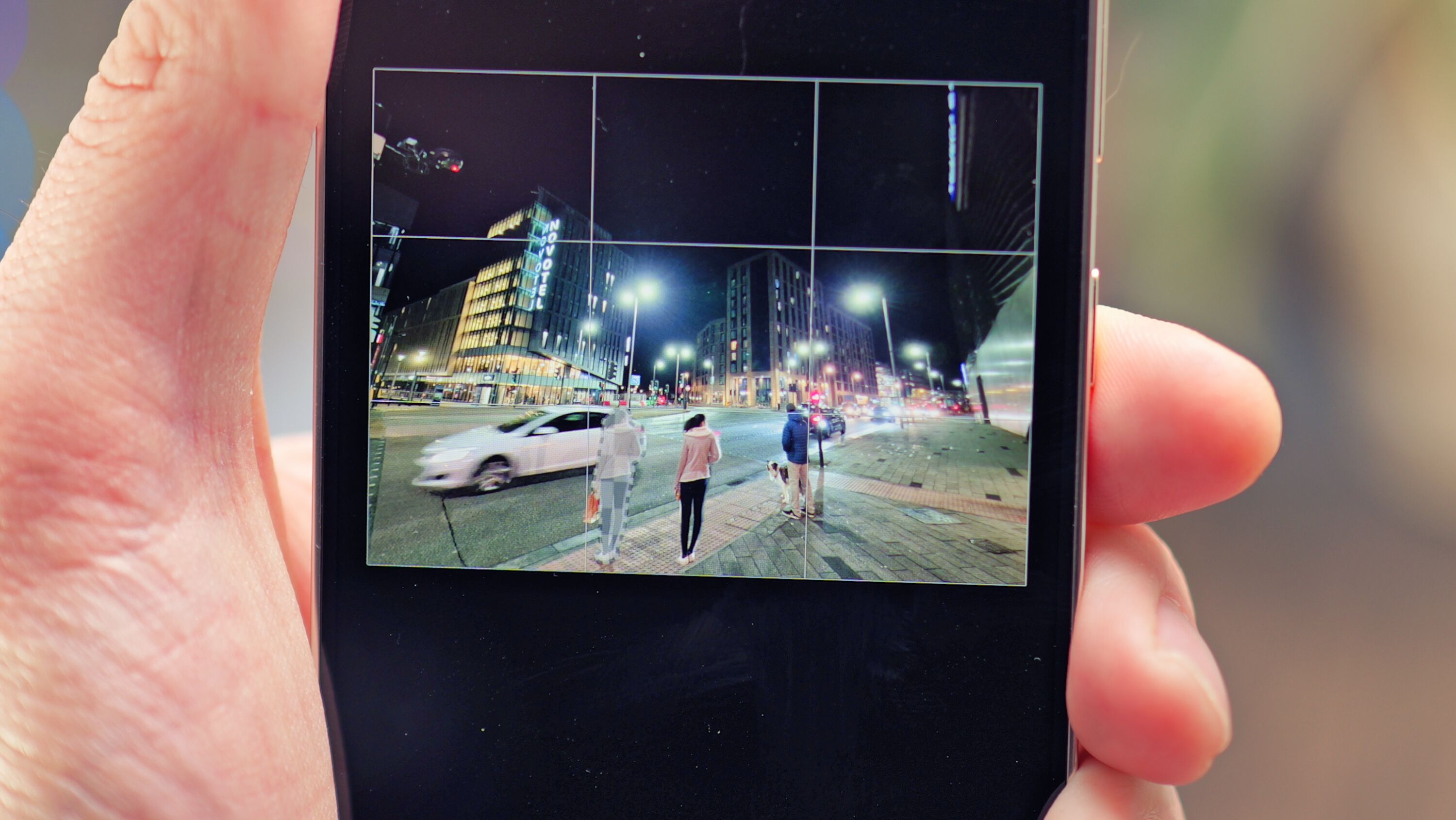
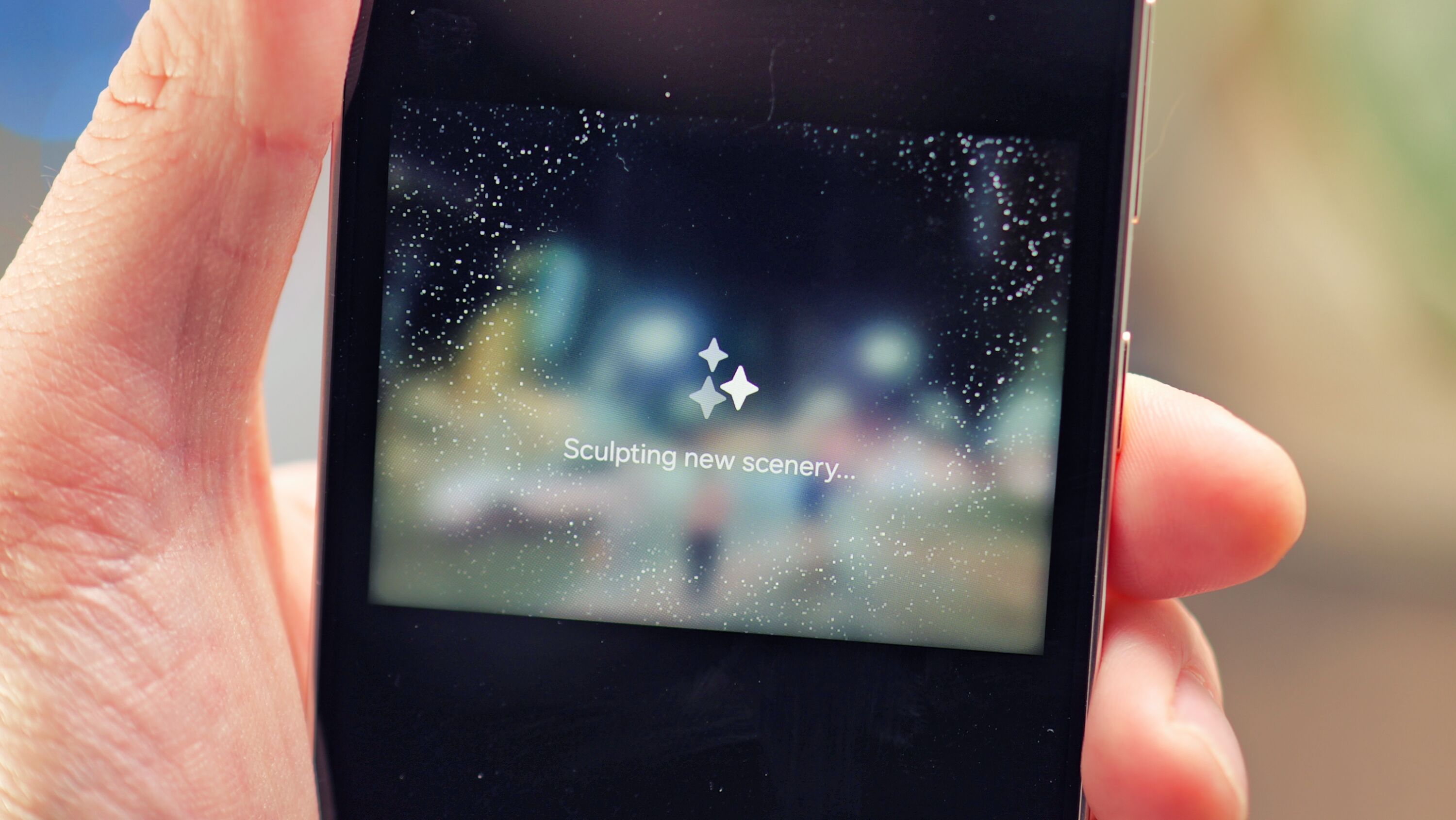
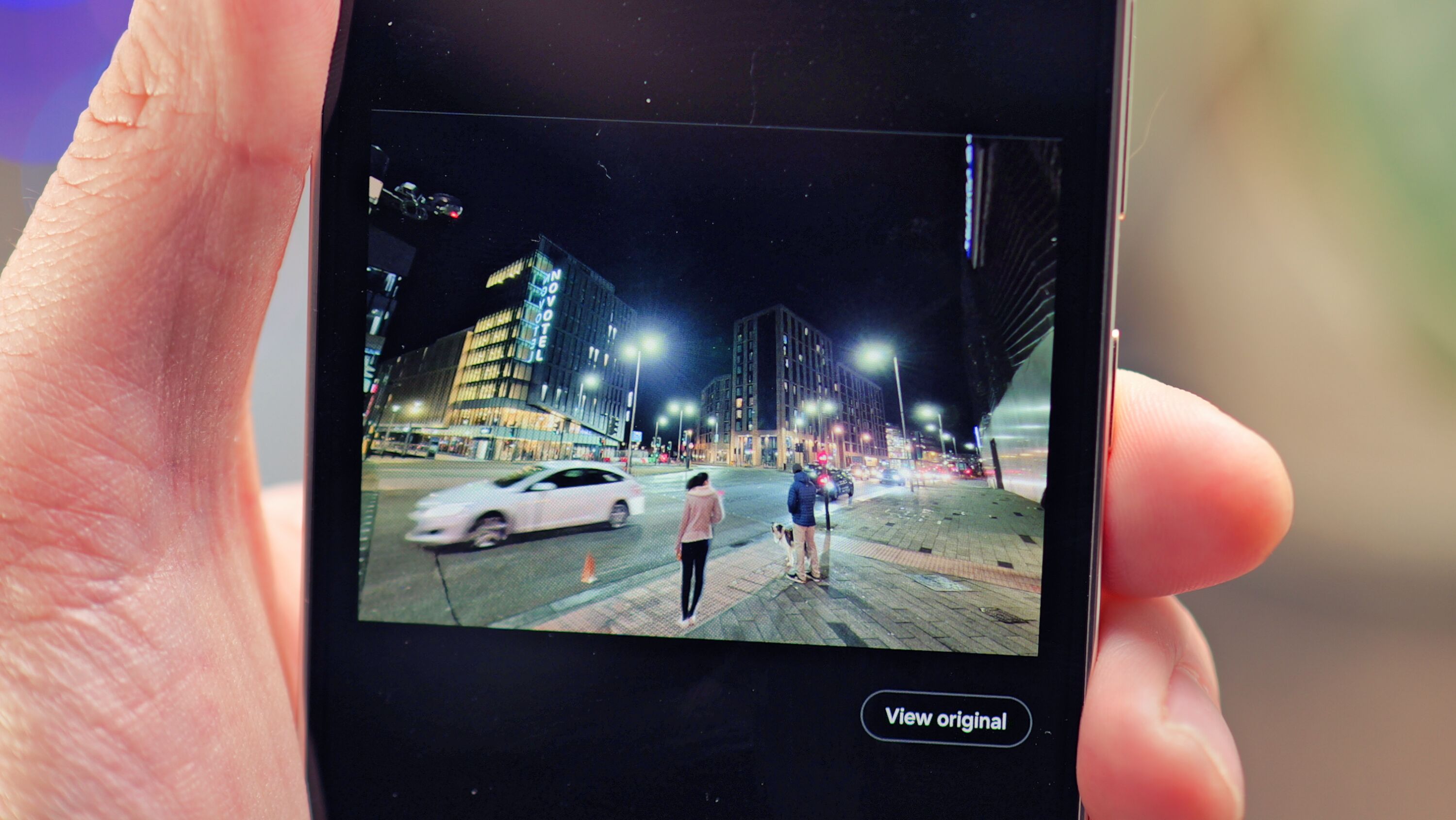
Elsewhere, the 50MP main snapper is the most capable of the cameras, and its larger sensor delivers the cleanest and most detailed results when the light gets low. The lower-megapixel auxiliary cameras still hold their own in the daylight, though, and aided by night mode they can also grab some solid shots after dark.
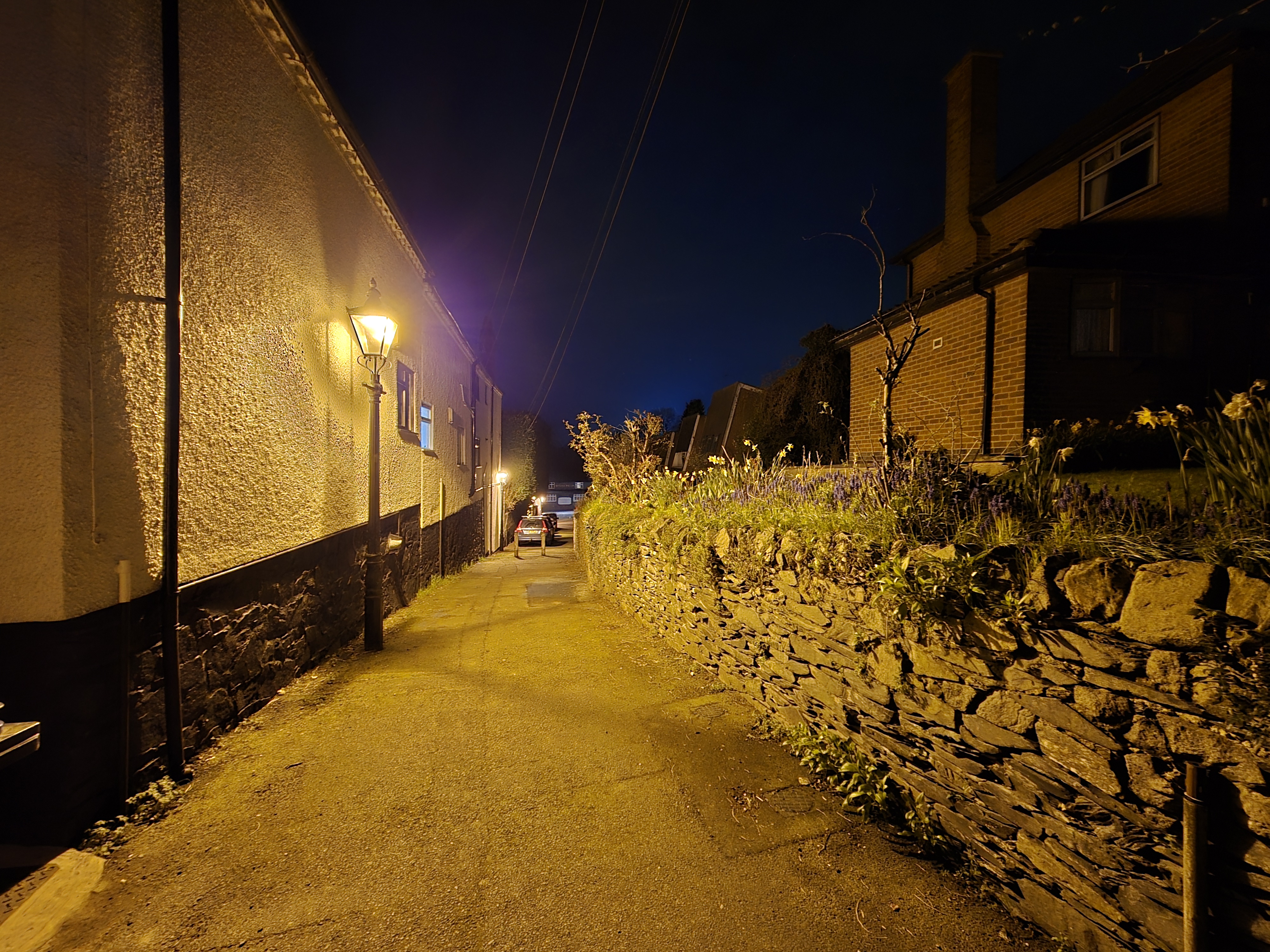
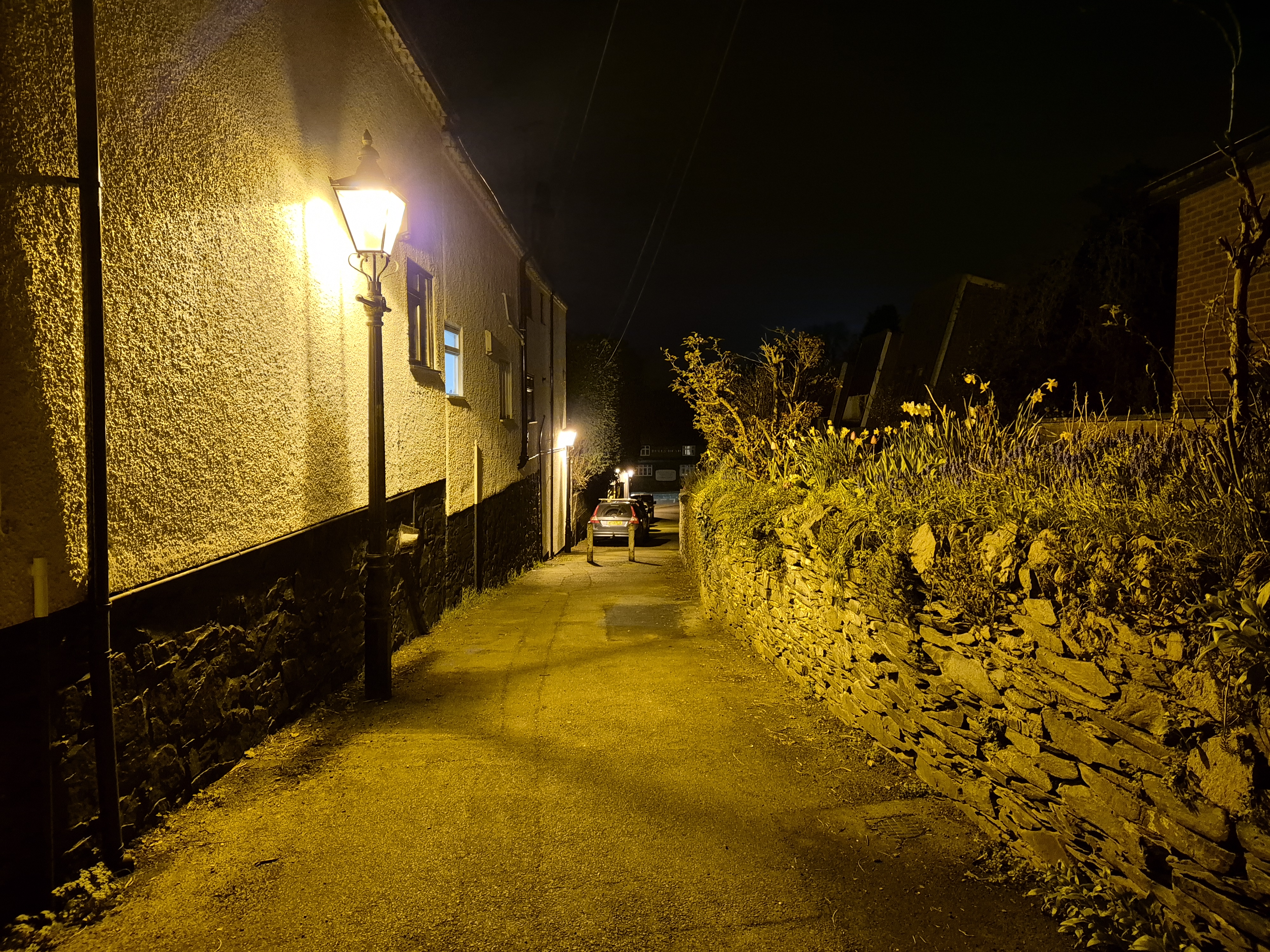
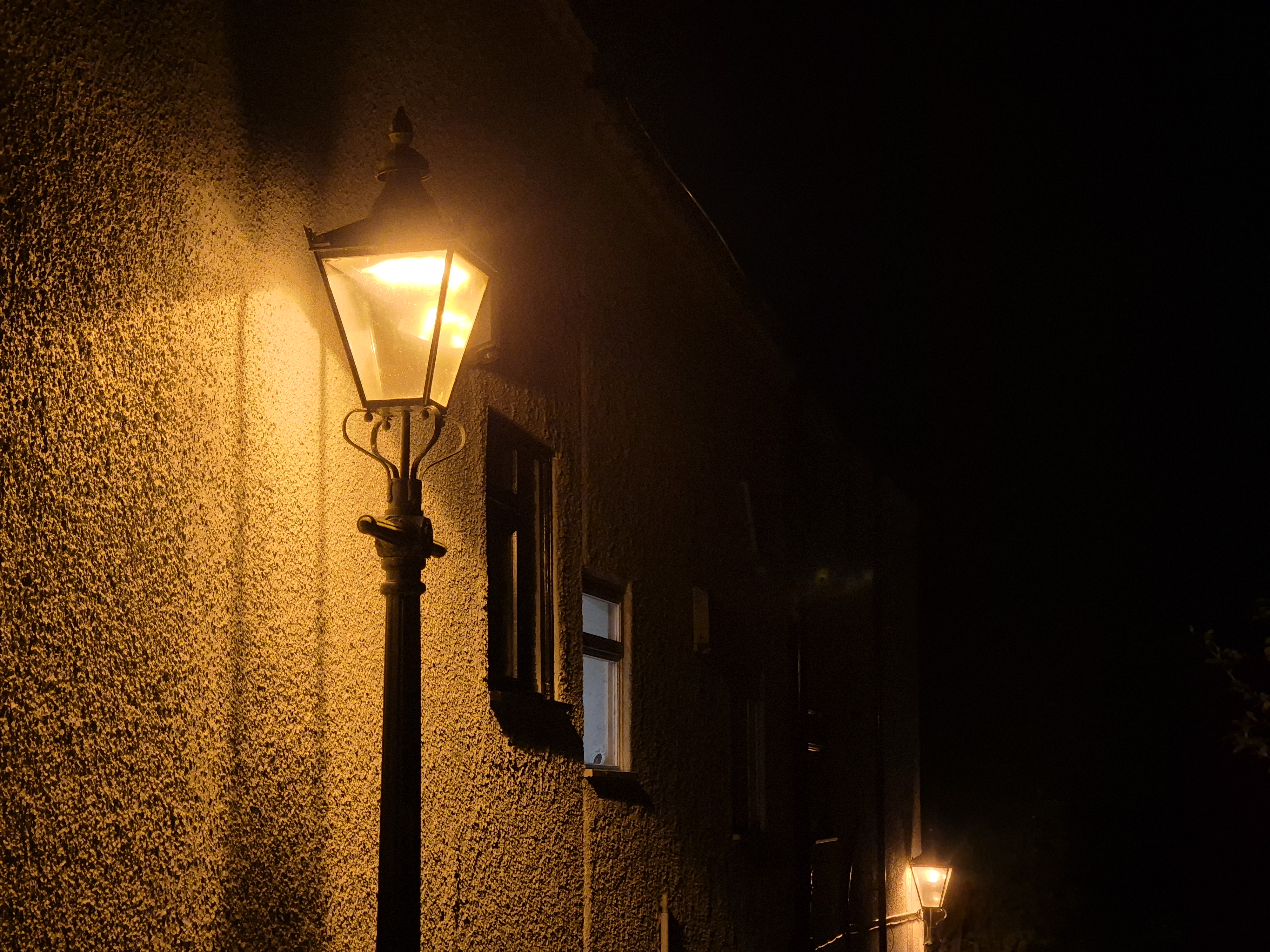



The ultrawide camera captures more detail than a lot of the competition, even on phones with much higher-resolution sensors, but its biggest weakness is that it lacks autofocus. This means it’s excellent for architecture, landscapes, and big group photos, but you can’t use it for close-ups and that’s a great shame.
The 3x telephoto is useful for portraits and close-up macro shots, but I think it would really benefit from a larger sensor. It struggles in the dark compared to the 3x lenses on phones like the Xiaomi 14 and Oppo Find X7 Ultra, and it can’t provide the same natural bokeh as the competition, either. The latter point, at least, can be addressed in software. Samsung’s portrait blur effects are brilliant, with reliable subject detection and authentic-looking bokeh simulation.


Samsung Galaxy S24: Phone Performance
Samsung’s One UI is loaded with more features than any other Android skin I can think of, and that’s even more true now that Galaxy AI has been added to the equation. This means it can be tricky to remember where to find everything, but once you know your way around, there’s some great stuff here.
I love the ability to stack widgets and swipe through them, it makes for a very clean and functional home screen, and that’s still a very rare feature. Lock screen and always-on display customization are top-tier too. You get tons of options for switching up the look, and you can add selected widgets to get a glance at things like the weather and upcoming calendar events.
The big change, this year, is the inclusion of Samsung’s Galaxy AI productivity tools. Everything that’s available on the top-tier Ultra model is available on the S24 and S24+, too. I won’t go into painstaking detail, you can check out the S24 Ultra review if you want to know more, but to keep it short and sweet, they work well, but I don’t find myself using them very often.



A lot of the AI features are focused on translation, and they seem to perform just about as well as Google Translate, but they’re built-in, which makes them way more convenient. Other stuff is focused on changing the tone of your writing or summarising notes and meetings. They all work, I just don’t find myself using them. Of course, everyone’s different, and they might be game-changing for your particular needs.
On the hardware side, most of the world gets Samsung’s own Exynos 2400 processor in the S24 and S24+, while the US gets Qualcomm’s Snapdragon 8 Gen 3 on all models. I have the UK model, and I wasn’t too confident about the switch to an Exynos processor, but it turns out there was nothing to worry about.
The Exynos 2400 is just as quick in day-to-day tasks, and only slightly behind in graphics benchmarks. In use, you’d have a hard time telling them apart. Thermal performance seems to be about on par, too.
You can happily run the most demanding games at maximum settings on the S24, and if you like to edit videos and photos on the go, it’ll handle that like a champ, too. The most limiting factor is the storage capacity. 128GB does not go a long way in 2024, and while 256GB is better, you pay for the privilege.
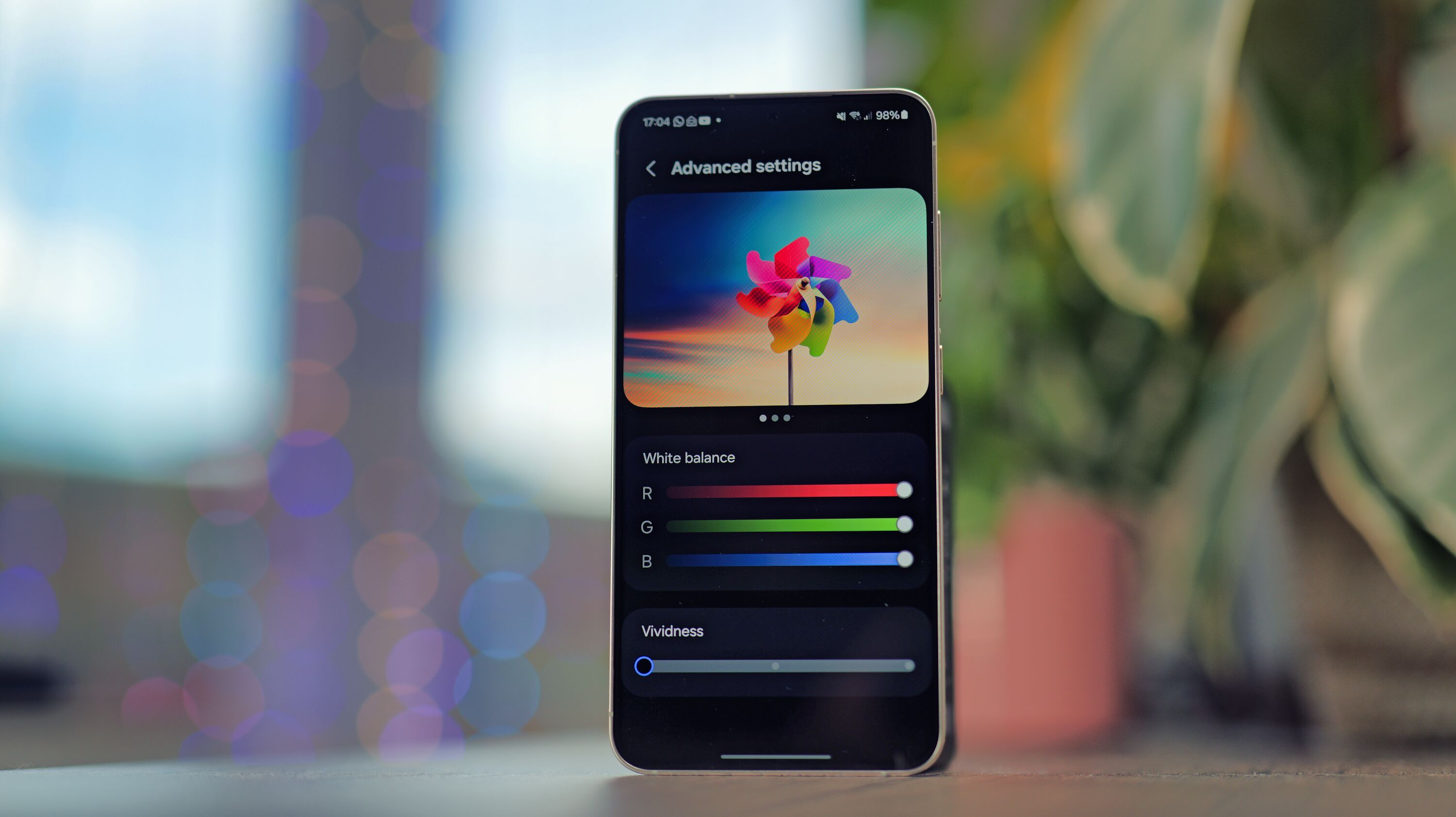
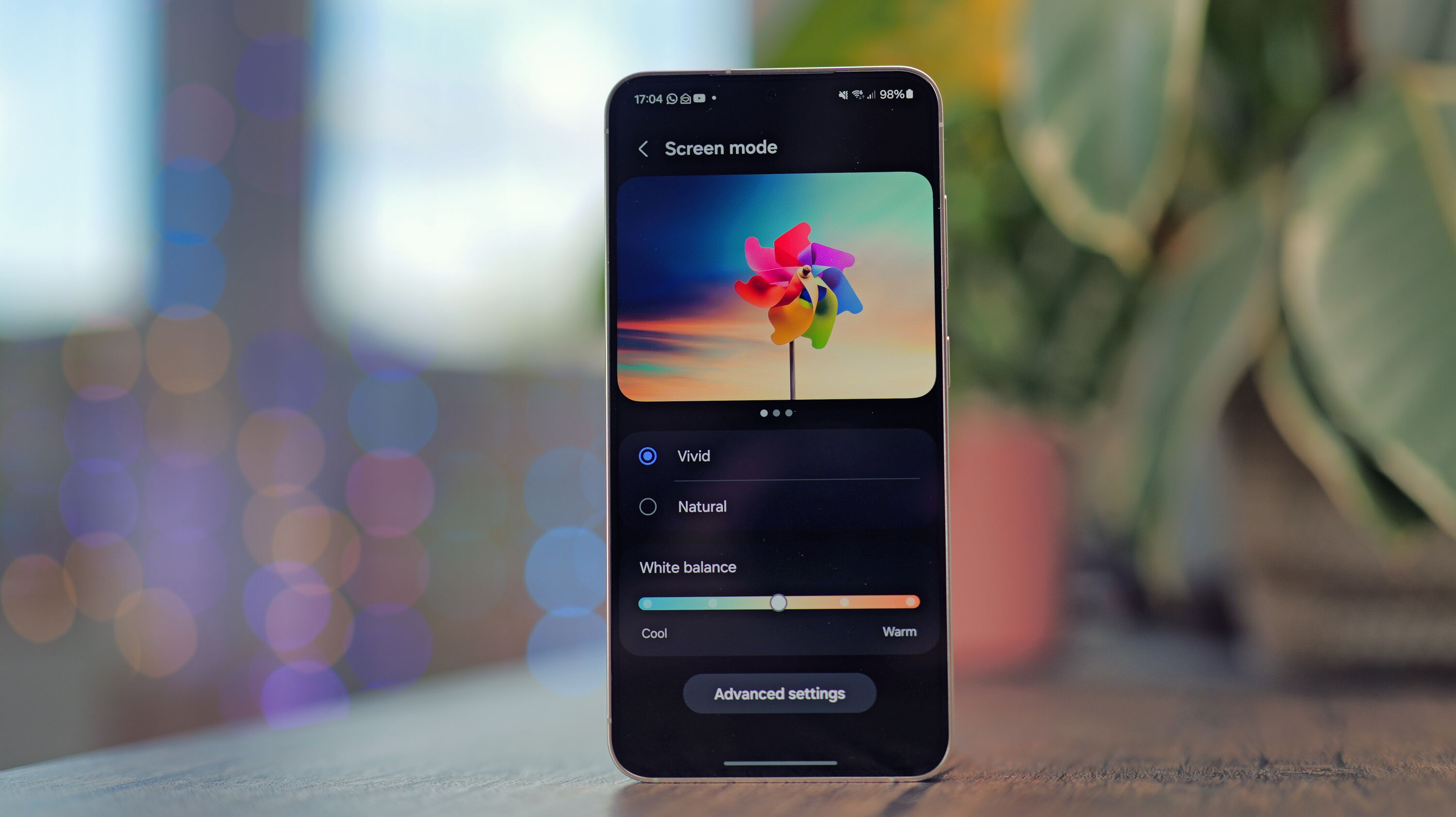
Battery life was another area that made me nervous. It’s only a 4000 mAh pack in this phone, a lot smaller than most flagship batteries. However, the S24 can easily make it through an average day's use. As always, it depends on how you use your phone, and if you’re tapping away at games all day, it won't last as long. In my experience, though, it always made it to the late evening, even on days with extremely heavy usage.
When it comes to charging, the S24 is a little disappointing. It only charges at 25W with a cable, and 15W wirelessly. It’s a long way behind the competition, with phones like the Xiaomi 14 boasting 90W wired charging support. A lot of those competitors come with the wall adapter in the box too, and all you get with the S24 is a cable. Still, you can get from flat to full in about an hour and 20 minutes, so it’s not hard to live with, it’s just not impressive, either.
Samsung Galaxy S24: Verdict
The Samsung Galaxy S24 is a great phone that’s a delight to live with. If you’re looking for a high-spec phone in a smaller size, there are fewer options than ever, and the S24 is undoubtedly one of the best. The problem is, it’s very similar to the S23, so existing users probably won’t feel the need to upgrade, and if you’re a bargain hunter, the older model is definitely the better deal at the moment.
To summarise what’s changed, the S24 has a new design with flat edges and matte textures, a slightly larger, brighter screen with an adaptive refresh rate and a new processor. It also gains the ability to record 4K 120fps slow motion and benefits from a few tweaks to the image processing.
The Galaxy AI features were exclusive at launch, but they’re already rolling out to S23 devices via a software update. So, if you’re trying to decide between this and the older model, they shouldn’t really factor into the equation. However, compared to competing devices, it’s still a unique selling point, especially among compact phones. Another benefit of choosing Samsung is the long-term software support, the brand promises seven years of OS updates and security patches for S24-series devices.
Ignoring its predecessor for a moment, the S24 is very easy to recommend. It’s fast, feels premium, takes great photos and videos and has brilliant feature-packed software. Best of all it’s small and lightweight, and that’s something that’s getting harder and harder to find in flagship devices.
